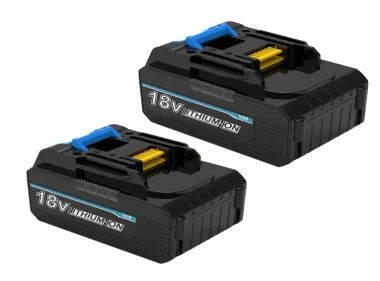Resources
Blog
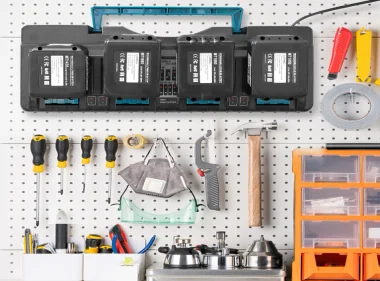
Makita Charger Not Charging — Step-By-Step Fixes
When a Makita battery or charger refuses to cooperate, jobs stop. This jobsite-ready troubleshooting workflow helps you find whether the problem is the battery, the charger, the outlet, or simply dirty contacts — and what to do next. Safety first: if a battery is swollen, leaking, smoking, very hot, or smells burned — stop and isolate it.

How to Read Makita Charger LED Error Codes — Quick Guide
Makita charger LEDs are the fastest way to know what’s happening. Flash patterns vary slightly by model or aftermarket unit, so treat this as a practical, model-agnostic guide. Always follow safe checks first and consult your charger manual for exact codes.
Safety: if a battery is swollen, smoking, hot (>45–50 °C), or smells burnt — do not test. Isolate on a non-combustible surface and recycle or call a professional.

Use a Third-Party Charger on Makita Battery? — Compatibility & Risks
Third-party chargers may work with Makita LXT/CXT batteries but only if they list supported models, use proper CC/CV charging, read thermistor/ID signals, and carry safety certifications. Voltage alone is not enough; poor units risk heat, stress, or fire and void warranties. Acceptable chargers are certified, reputable, and tested in the field, but OEM remains safest. Always inspect, monitor temps, document tests, and keep an OEM charger as fallback.

Makita Charger Compatibility With 18V and 12V Batteries — What Works
People ask all the time: “Can I charge my 12V CXT battery on my 18V LXT charger (or vice versa)?” The short, safe answer: No — unless the charger explicitly supports both platforms. This guide explains the technical reasons, how to check compatibility, a safety-first on-site test procedure, common failure modes, and practical fleet guidance.
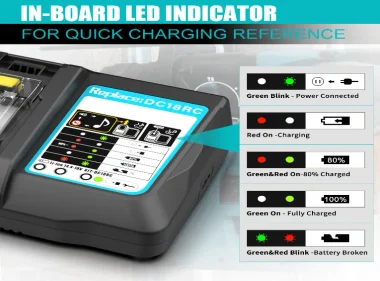
Makita Charger Wattage Explained — What Buyers Should Know
This article explains Makita charger wattage and how it impacts battery charge speed, lifespan, and safety. Wattage determines current output (I = W ÷ V), with 18 V as the reference for LXT packs. Higher wattage shortens charge times but increases heat and wear, especially above 1C. Examples show charge times for a 5.0 Ah pack across 18 W, 60 W, and 120 W chargers, with recommended daily charging at 0.3–0.8 C for best longevity. The guide covers C-rate basics, thermal risks, mains draw, and safe wattage ranges by pack size. It also explains multi-port charger differences, the importance of CC/CV charging and BMS communication, and troubleshooting tips for slow charging, hot packs, and breaker trips. Buyers should look for per-bay wattage, thermal cutoffs, certified safety standards, and proper ventilation. The conclusion stresses that while higher wattage enables faster turnaround, long-term life is maximized with moderate charge rates and quality chargers.
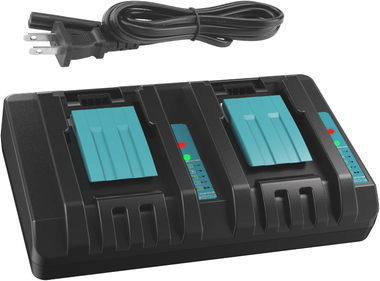
Dual-Port Makita Chargers for Faster Jobsite Turnover
On a busy jobsite, charging throughput equals uptime. Dual-port Makita chargers double available bays without doubling footprint, cords or outlets — but only if you buy the right design and run it with a disciplined workflow. This guide explains what “dual-port” really means, the operational gains you can expect, how to set best-practice workflows (including cold-weather handling), safety and maintenance rules, common trouble signs, and simple metrics to measure ROI in minutes and hours saved.
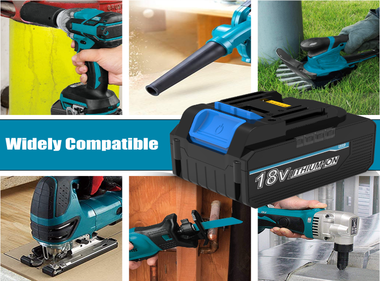
Proper Storage Practices for Makita Batteries During Off-Season
Off-season storage matters. Lithium-ion packs age faster when left fully charged, frozen, hot, or neglected — and a single season of bad storage can permanently reduce capacity or create safety risks. This guide gives a compact, jobsite-friendly routine you can apply to single users or fleet managers: what to check, how to store, how often to top up, and how to safely bring packs back into service.

Makita Battery Not Charging — Step-By-Step Fixes
Complete, safety-first, jobsite procedure to triage and test Makita Li-ion packs (LXT 18V / CXT 12V). Exact tools, measured thresholds, digit-by-digit calculations, decisions and disposal steps. Do not open swollen or damaged packs.
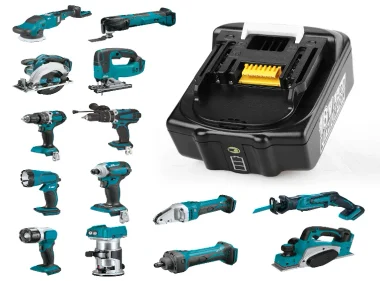
Makita Battery Compatibility — LXT, CXT and Older Models Explained
Lots of people assume “one Makita battery fits everything.” It’s tempting — but in practice a safe swap requires matching voltage, cell count, form factor and the pack’s electronics (BMS / ID / thermistor). This guide cuts through the confusion and gives you practical checks, non-destructive tests, migration strategy and safety rules so you don’t damage tools, batteries or void warranties.
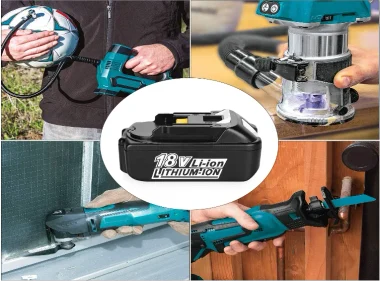
Can Makita Batteries Power Other Brands? Compatibility & Risks
Wouldn’t it be great if one battery fit every tool? Short answer: no — not safely. Only when manufacturers explicitly support cross-compatibility, or when a certified active adapter is used, is it safe to mix-and-match. This guide explains why, how to test safely if you must, the legal risks, and practical alternatives that keep crews productive without gambling on safety.
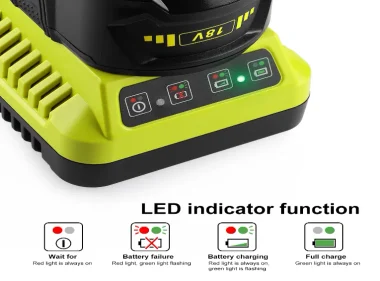
How to Choose a Ryobi 18V Charger for Cold-Weather Jobs?
Cold temps can stop Ryobi One+ packs from charging, shorten their life, or — in the worst case — cause permanent cell damage if you try to charge them while too cold. This guide tells you which charger features matter in winter, what workflows protect batteries on site, and the exact temperature and timing rules crews should follow.
Let our battery power your success
Transform your path to success with our advanced battery technologies, while enjoying the perks of free technical guidance and tailored design services to meet your unique requirements.
